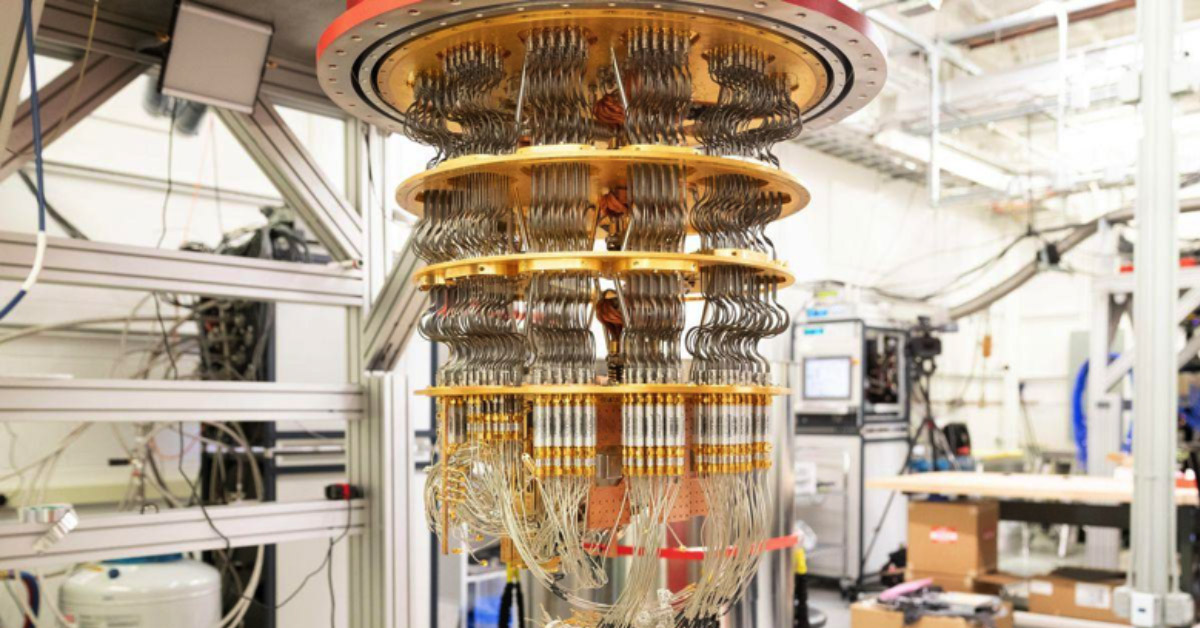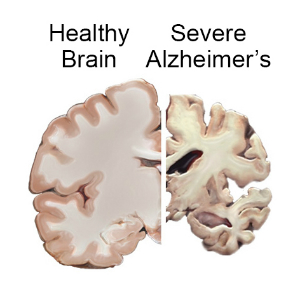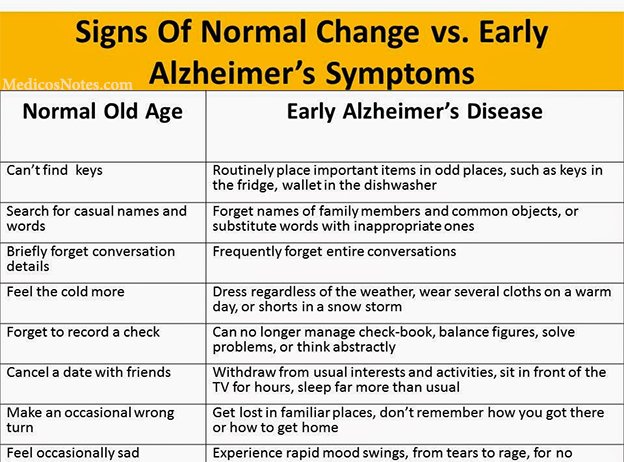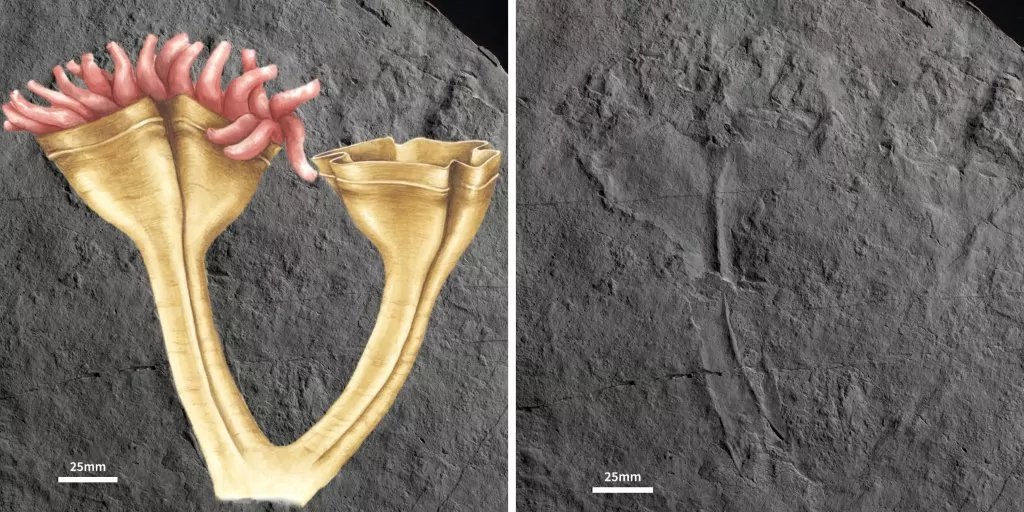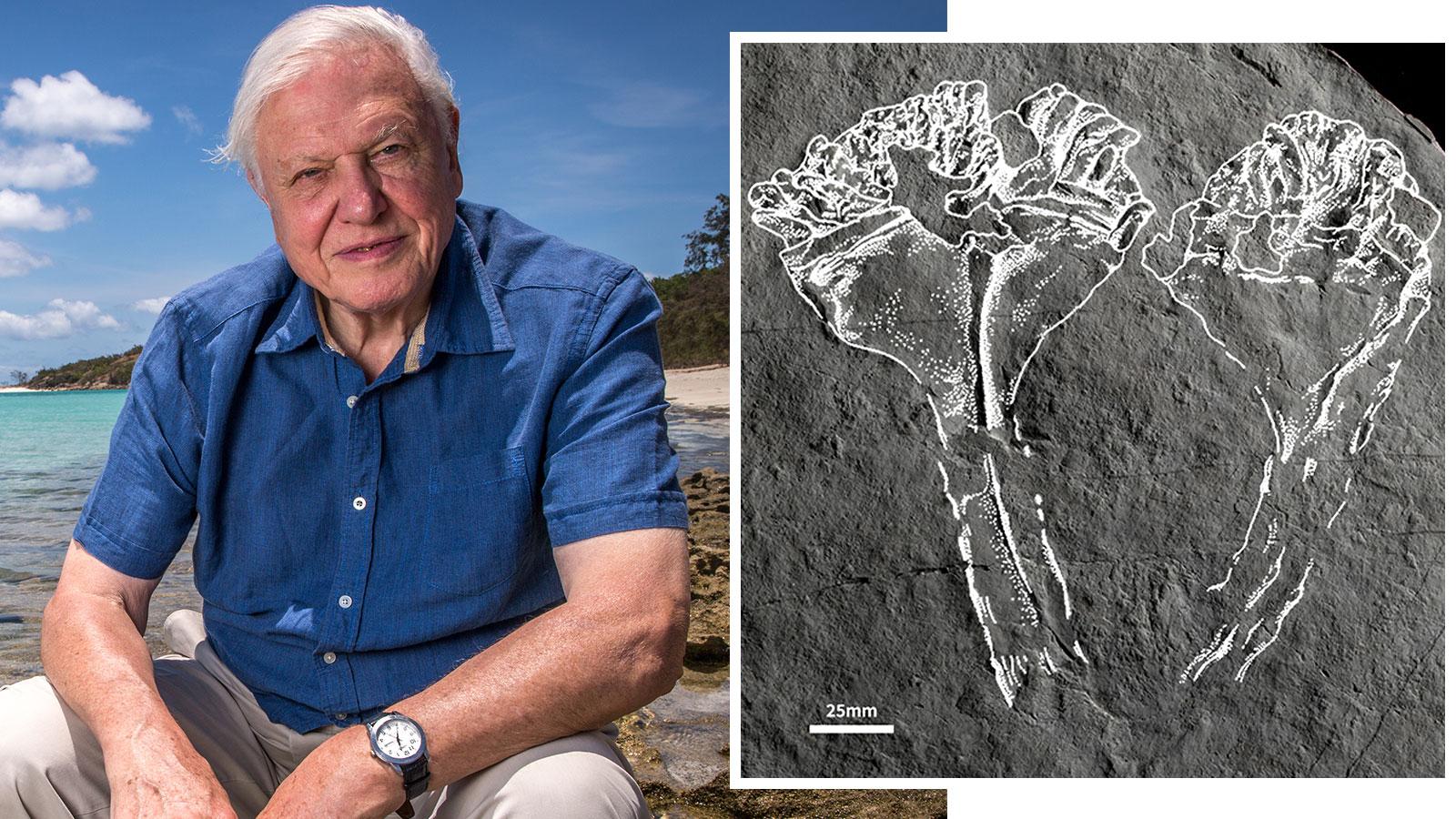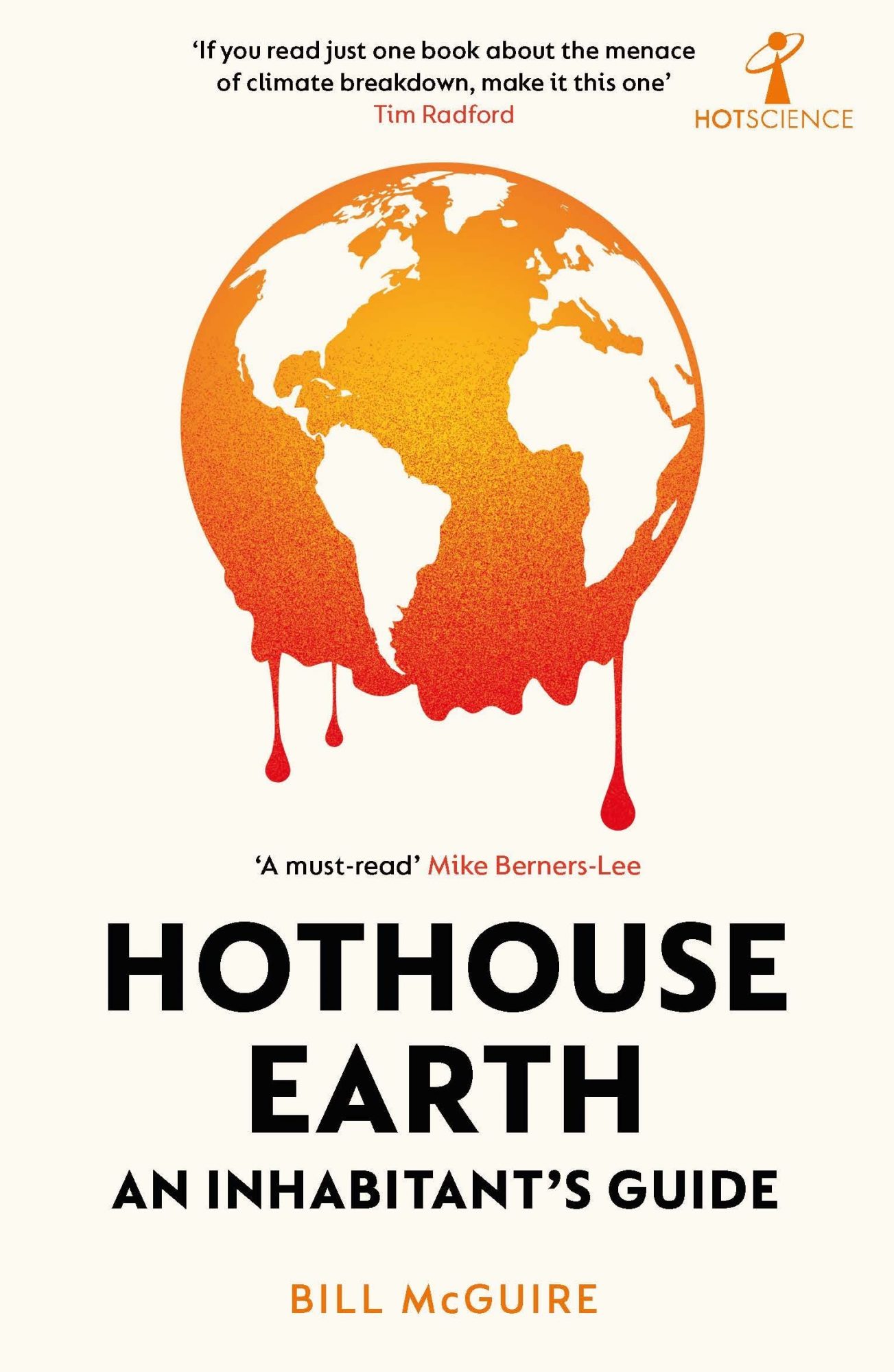In several previous posts I have argued that the United States became the world’s richest and most powerful country not because of our many freedoms, nor thanks to our heroic military. No, in my opinion the US owes it’s status as the world’s superpower because of its educational system, because of our nation’s determination that all of its citizens should have free access to primary and secondary schools while at the same time taking an active role in helping its brightest young people to attend college, whatever their families financial situation. For over a hundred years, from about the 1880s into the 2000s the US graduated more high school students and more college and university students than any nation on Earth. See my posts of 23 June 2021 and 12 July 2017.

The benefits of having the world’s largest and best public educational system should be obvious but because so many people nowadays are blind to the obvious I’ll take a moment to mention just a few. By educating its large population the US possessed the trained workforce needed to build the wealthiest economy in history. With the largest number of scientists and engineers that economy grew ever more productive as new inventions were developed and old problems were solved. To put it simply the United States of America had the well-educated, well-trained people it needed to get things done and that, more than any other reason, is why the 20th century was the American century. America’s dominance in science and industry was only made possible by America’s dominance in education.

All that began to change about forty years ago during the Reagan administration. Reagan’s emphasis on lower taxes and smaller government did not immediately effect education, at least it wasn’t supposed to. As time went on however and lowering taxes became the only “proper” way to boost the economy shrinking government budgets meant less money for education leading to lower teacher salaries, larger classroom size and poorly maintained, crumbling schools and school facilities.

Public schools faced another threat as well as the “private sector” of the economy came to be preferred over the “public sector”. Private, charter schools grew in number as some parents sought to insulate their children from the growing problems at public schools. Charter schools possessed several advantages over taxpayer funded schools. For one thing since they were not legally obliged to accept all students so that any child who became a disciplinary problem was simply expelled and sent back to the public schools. Because of this, over time discipline in many public schools, especially inner city public schools grew worse and worse when compared to their private school rivals. And because of that those parents who cared about their children’s education more and more sent their kids to charter schools, a vicious feedback mechanism that continues to increase the gap between private and public schools even today.

Recently even higher education has begun to feel the strain. College enrollment, which reached a peak of 70% of recent high school graduates in 2016, had dropped a full 7% to 63% by just 2020. The causes for this are many but the increasing cost of a college degree along with stories of the crushing debt of student loans on people with bachelor’s degrees has made a growing number of young people question the value of higher education, whether or not a four year degree is really worth the time and money. In fact the state of higher education has declined so much that while back in 2000 the US was second in the world for the proportion of its population between the ages of 25 and 34 with a college degree by 2020 it had fallen to 16th.

So all in all the state of education in this country was pretty bad and getting worse BEFORE the pandemic set in. For the past two years students have been in and out of classrooms, either trying to learn remotely at home on a computer, or at school while social distancing and wearing a mask. The confusion and uncertainty must have surely combined to make learning all that much more difficult.

Now the results of standardized testing for 9 year olds has shown the effect that Covid-19 has had on education in this country. The National Assessment of Educational Progress tests have been conducted since the 1970s as a means of quantifying the basic ability in math and reading of third graders throughout the country. This year the tests were given to 14,900 nine year old third graders and the results compared to those taken in 2020 immediately before the pandemic.

The comparison showed a dramatic difference. For the first time ever math scores declined while reading scores saw their largest drop in over thirty years. Worse, the declines were not evenly spread across all ability levels. In math the top 10% of students saw a decline of only 3 points while the lowest 10% saw a 12 point drop, four times as great. And the decrease had a racial component to it as well. Black and Hispanic students on average saw a full 13 point drop compared to only a 5 point drop for the White counterparts. The declines in reading were similar and together they indicate that two decades of progress in education had been wiped out a little over a year.

And for children falling behind in first, second or third grade can lead to continuing problems throughout their school careers. So it is that our nation’s educational system, which has been suffering from neglect for decades, has now been further damaged by the pandemic.

I’d like to end this post on a somewhat more hopeful note. On the 24 of August President Biden issued an executive order eliminating $10,000 dollars in student loans for millions of Americans and up to $20,000 dollars for Pell grant recipients. Only time will tell if this is the beginning of renewed emphasis on education in this country, but at least it’s something.
P.S. Just a few days after publishing this post another report was released that details the math and reading abilities of 4th and 8th graders here in the US. The National Assessment of Educational Progress, often referred to as the nation’s report card, has been tracking the advancement of our country’s children since the 1990s and this year’s report showed the biggest decline in math and reading scores ever measured.
According to the report math scores for eighth graders fell in every state, every state, with only 26 percent of students showing proficiency in math, down from 2019’s 34 percent. Fourth graders did little better with 36 percent showing proficiency, down from 41 percent, while there were declines in 41 states. The results for reading were little better with 33 percent of fourth graders and only 31 percent of eighth graders being proficient. Once again the scores for the most vulnerable students saw the biggest drops clearly showing that we are in danger of producing an entire generation of the uneducated at just the time when our nation needs all the brains it can get.







